- Home
- slideshows
- miscellaneous
- Take a look at Arctic Edge 18 - where the US military is preparing to fight in the extreme cold
Take a look at Arctic Edge 18 - where the US military is preparing to fight in the extreme cold
After service-specific exercises in February and early March, Arctic Edge 18's field training ran from March 12 to March 16, with a table-top exercise continuing through March 23. It was conducted mainly at the Joint Pacific Alaska Range Complex and Long-Range Radar System sites.

Arctic Edge is held biennially, and previous iterations focused on supporting civil authorities after a natural disaster. But this year's version focused on defending the US in the extreme weather conditions found in Arctic environments.
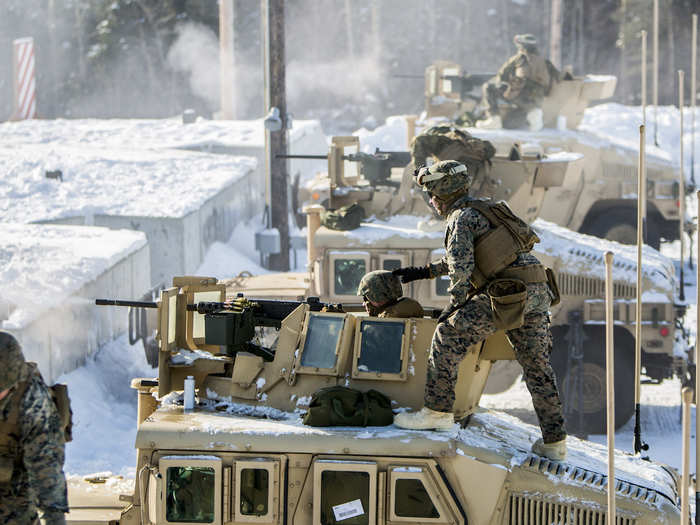
Source: Defense Department
"This has also given us a chance to relook at our training progression to operate up here," said Army Lt. Col. Joshua Gaspard, joint training and readiness chief at Alaska Command, which is part of US Northern Command. "So that's revolutionizing how we would prepare our forces to come and operate in an environment like this and what that progression would look like."
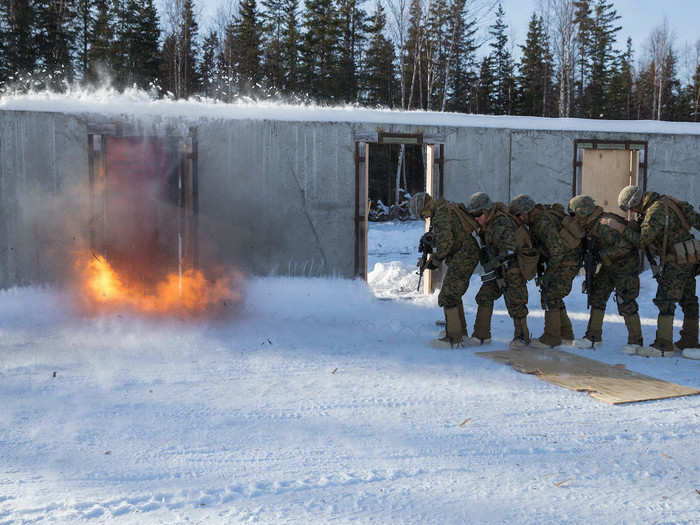
Source: Defense Department
Marines from Combat Logistics Regiment 25 were on hand to provide logistical support and command and control for Task Force Arctic Edge. "Marines can't complete their mission without bullets, beans, and band-aids," said Sgt. Derick Gary. "They can't get their three B's without convoys to move supplies and convoys can't run without communication to support them."
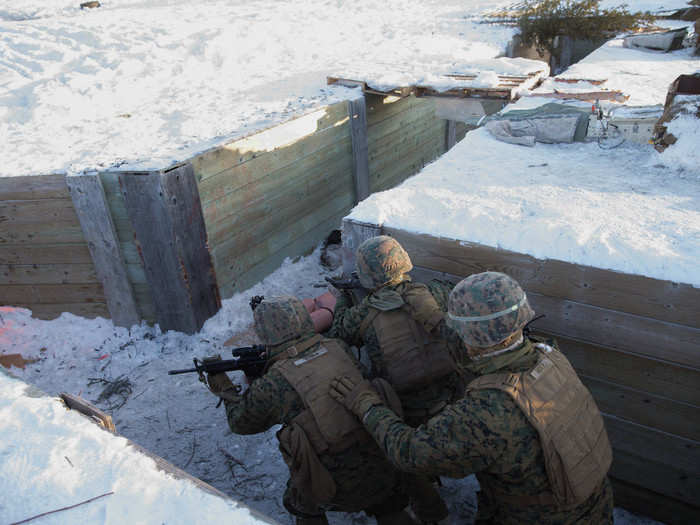
Source: Defense Department
Marine Corps food-service specialists were awake at 4 a.m. to help get Marines going in the harsh environment. "Things always move a lot slower in the cold, even the food takes longer to cook," said Lance Cpl. Miguel Rojas.
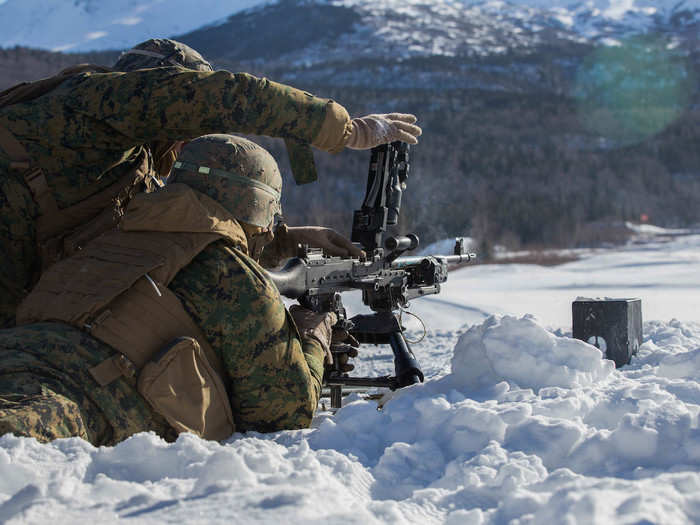
Source: Defense Department
"There's a lot going on in the world and it's not just in the desert anymore, so this is a reality check in terms of every clime and place," said CLR-25 Gunnery Sgt. Brandon Strang, the operations chief for Task Force Arctic Edge. "Marines are quick to adapt to surroundings, and training like this sets the precedents for being a force in readiness and allows us to practice what we preach."

Source: Defense Department
US Army soldiers, like their Marine counterparts, drove and hoofed through Alaskan snow. Their exercises included live-fire drills, as well as survival and maneuver training.
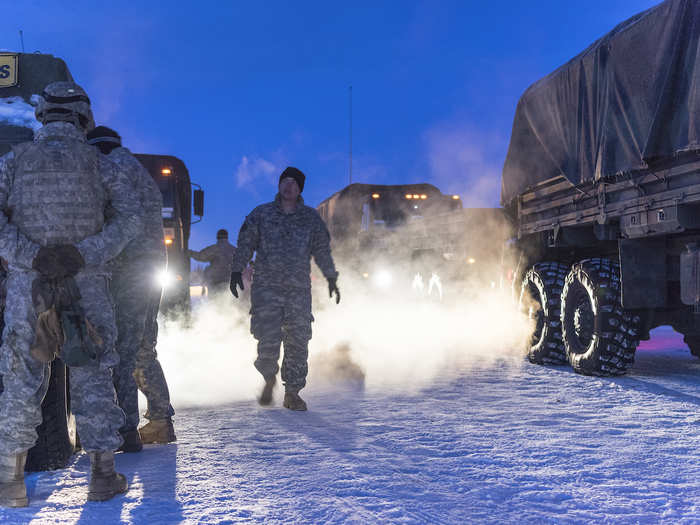
"Alaska provides a great opportunity to conduct this exercise over a great swath of land,” said Gaspard, of Alaska Command. “The Joint Pacific Alaska Range Complex is a great venue for this exercise."
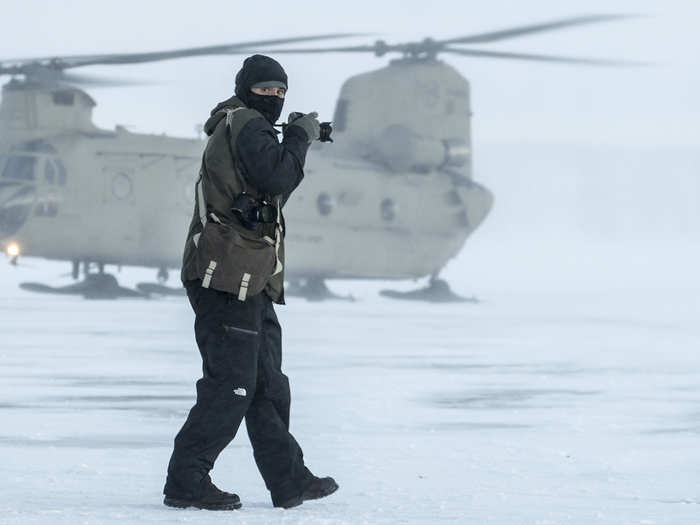
Source: Defense Department
Members of US Special Operations Command North, based in Colorado, also took part. "It’s a chance for us to get up here in these extreme conditions and conduct training to make sure the equipment is working, and we are keeping those skill sets sharp,” said the director of operations for Joint Special Operations Task Force, Alaska.

Source: Defense Department
Special operators conducted long-range movements in severe weather and on treacherous terrain with limited visibility. They also carried out long-range ground- and air-infiltration drills, which included equipment air-drops, reconnaissance, and direct-action operations.
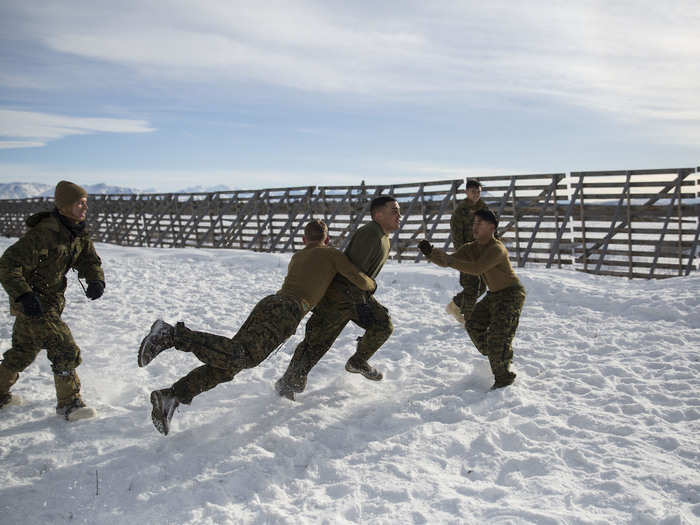
Source: Defense Department
"Alaska is really the only access to above the Arctic Circle and that kind of extreme-environment training," SOCOM North's director of operations said. "It's just an absolutely great opportunity for us to get up here and work our mission sets."
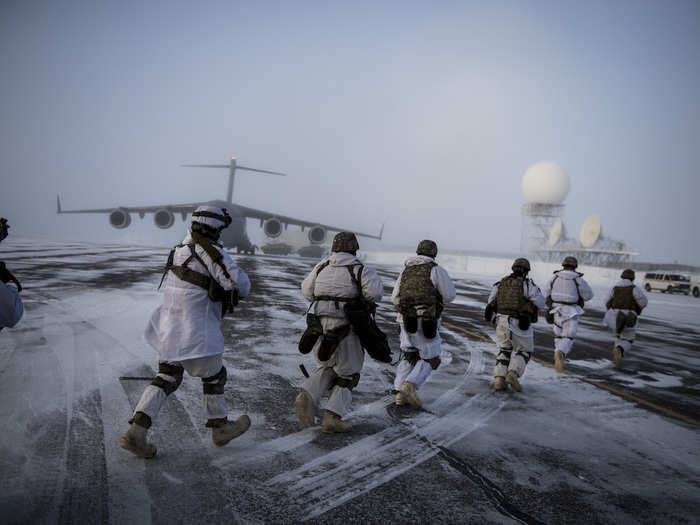
Source: Defense Department
"We're used to doing that around the globe, but it's an interesting challenge to do it up here in an arctic environment, in March, in Alaska," SOCOM North's operations chief added. “Obviously, the extreme weather, extreme temperature and visibility conditions make a lot of those operations a lot more difficult than they'd normally be, but we're working out some additional processes that make sure that we're doing these operations safely and effectively so we don't have to worry about integrating in other parts of the world."
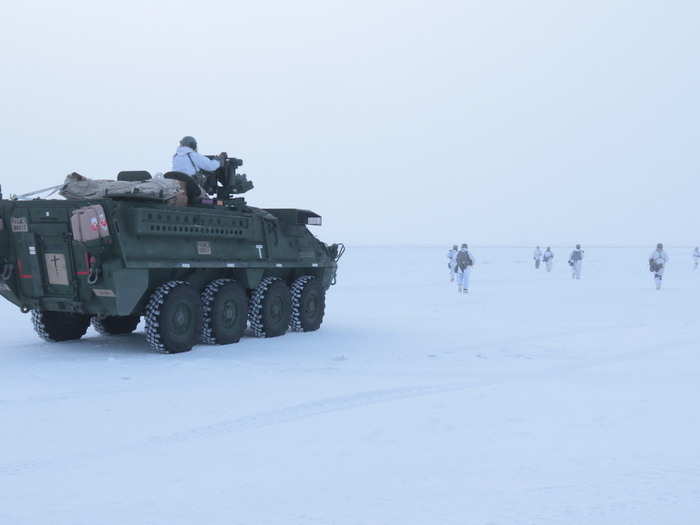
Source: Defense Department
A Navy captain from Special Operations Command, who could not be identified for security reasons, told the media that the Colorado-based special-operations units also tested communications and survival gear in the Arctic climate, which was the first time such tests had been done.
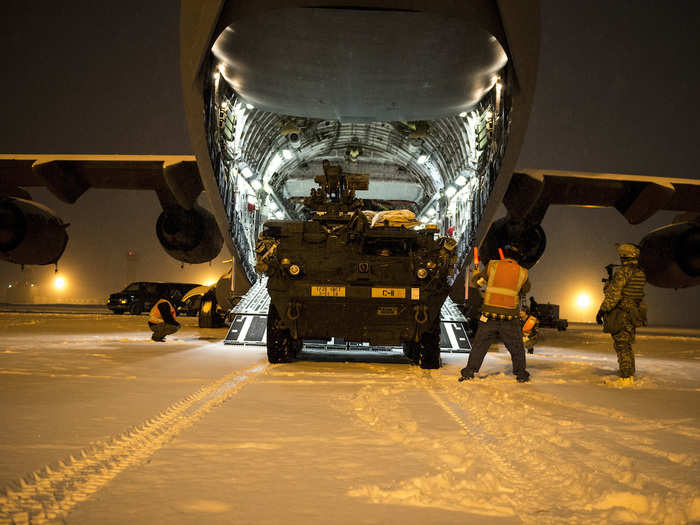
Source: Marine Corps Times
Marines, soldiers, sailors, and airmen from both active and reserve components took part, as did civilian employees and contractors from the Defense Department.
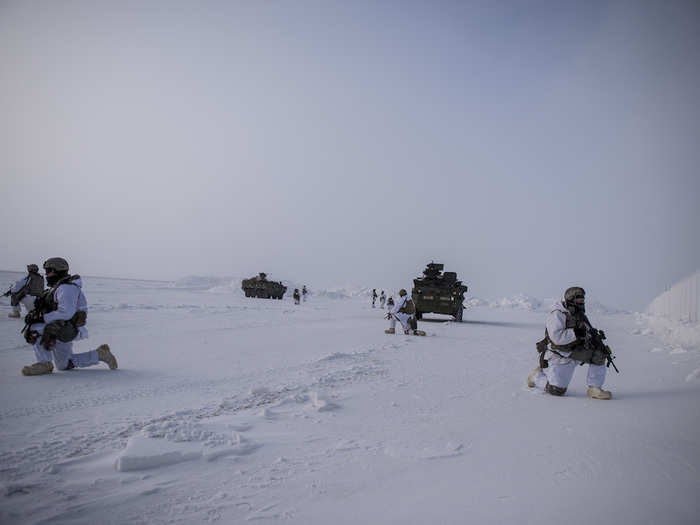
Source: Defense Department
Naval and Coast Guard representatives toured Coast Guard facilities and cutters and are did a table-top exercise focused on homeland-security threats — and to the risk of mines in US waters in particular.
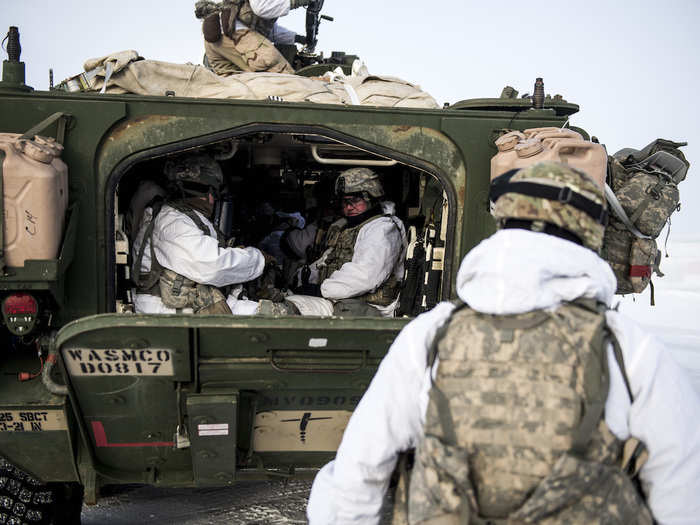
Source: Juneau Empire
Marvin Heinze, deputy director of the Operations and Plans Mine Warfare Task Force, said a goal was to get familiar with other departments and gear. "For the Navy it's a relatively low-cost way of gaining a lot of knowledge, and hopefully the Coast Guard also," he said.
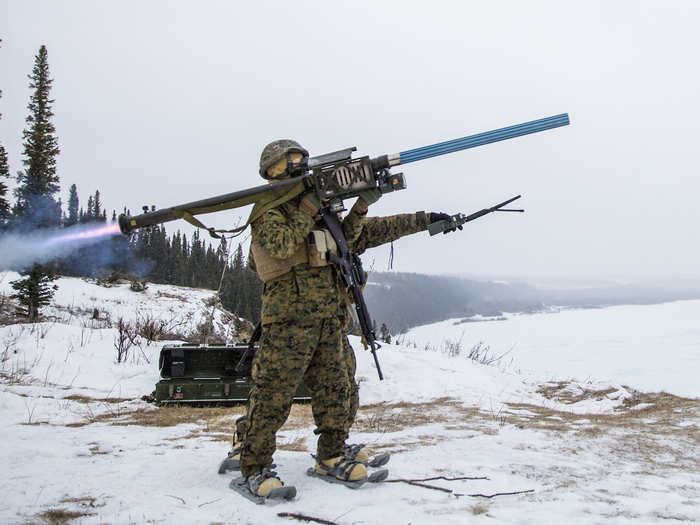
Source: Juneau Empire
"It's actually exceptionally challenging with the topography and the water conditions to actually do things in the water with the tidal exchange and the currents and even above water the weather conditions in February, March, April timeframe," said Compact Fleet Maritime Homeland Defense Department Detachment Alaska Officer-in-Charge James Thompson, an Alaska native.
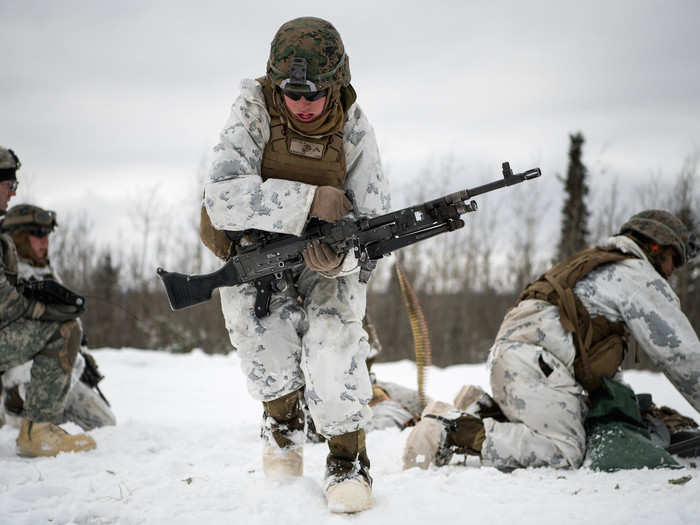
Source: Juneau Empire
The stated goal of the exercise was to train for homeland defense. But senior US officials have highlight the growing threat posed by Russia, which has intensified its military activity in the Arctic in recent years.
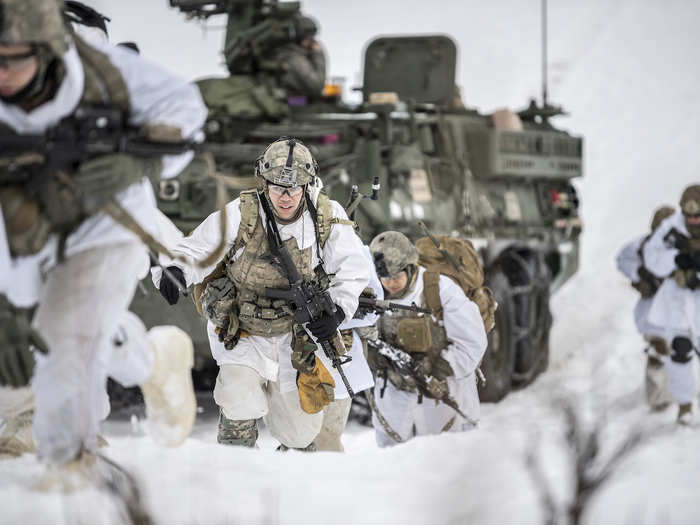
Russia's Arctic buildup could put it in position to control northern sea transit lanes "in some time, perhaps two to three years ... if they chose to do so," US Army Gen. Curtis Scaparrotti, the head of US European Command and NATO Supreme Allied Command, told US lawmakers in early March. "We are not keeping pace," he said.
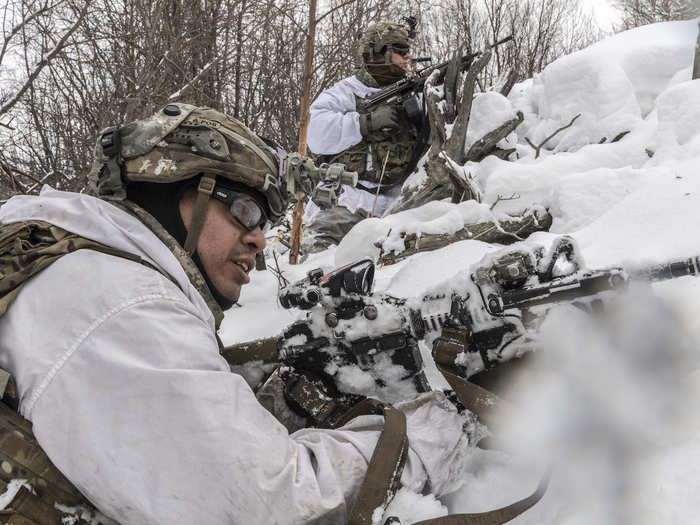
Source: Defense One
Scaparrotti downplayed concerns that Russian forces could overwhelm NATO forces in Eastern Europe, but he stressed the need to adequately fund modernization efforts to keep pace with Moscow. "If we were not to do that," he warned, "I think that their pace would put us certainly challenged in a military domain in almost every perspective by, say, 2025."
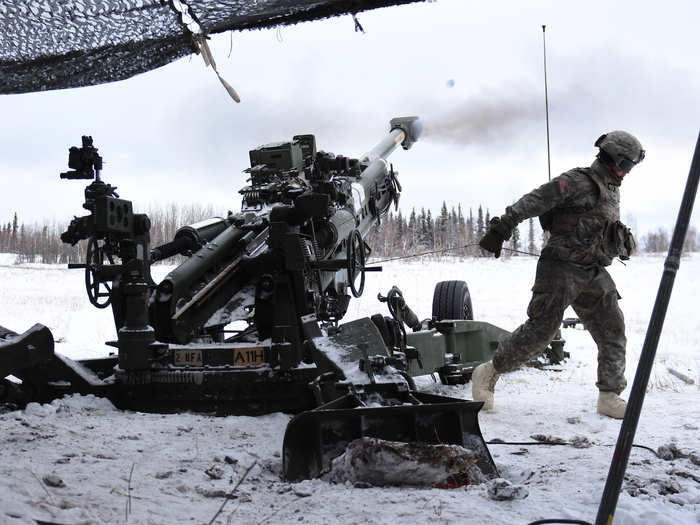
Source: Defense One
Popular Right Now
Popular Keywords
Advertisement